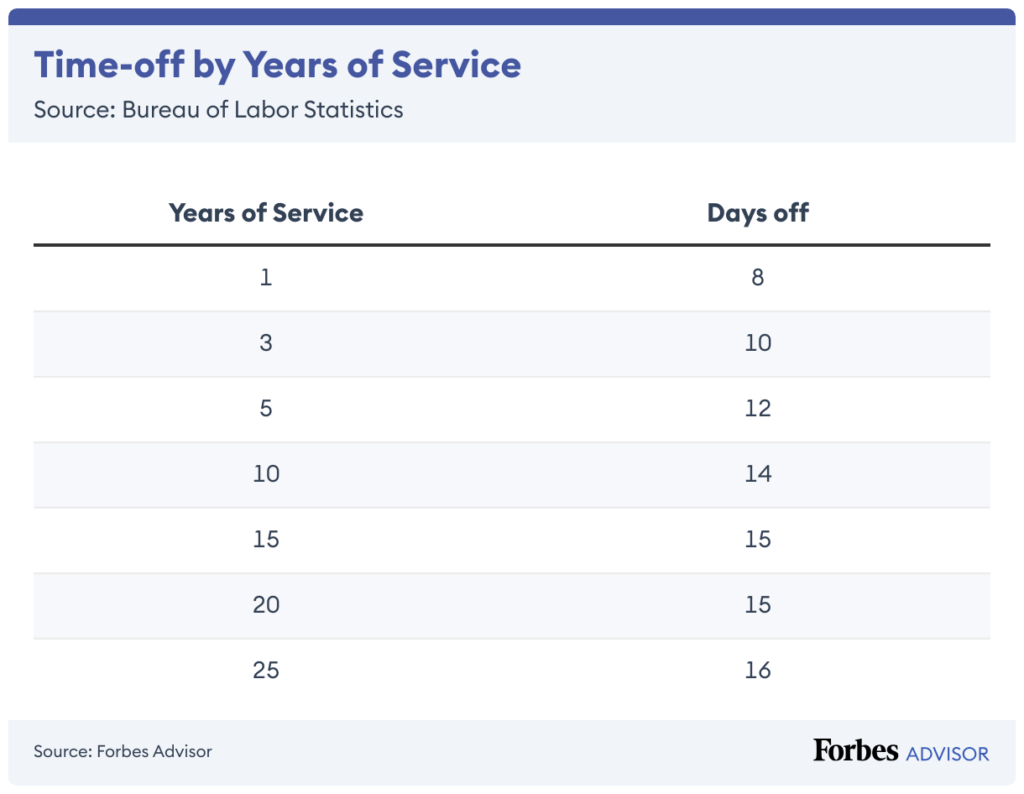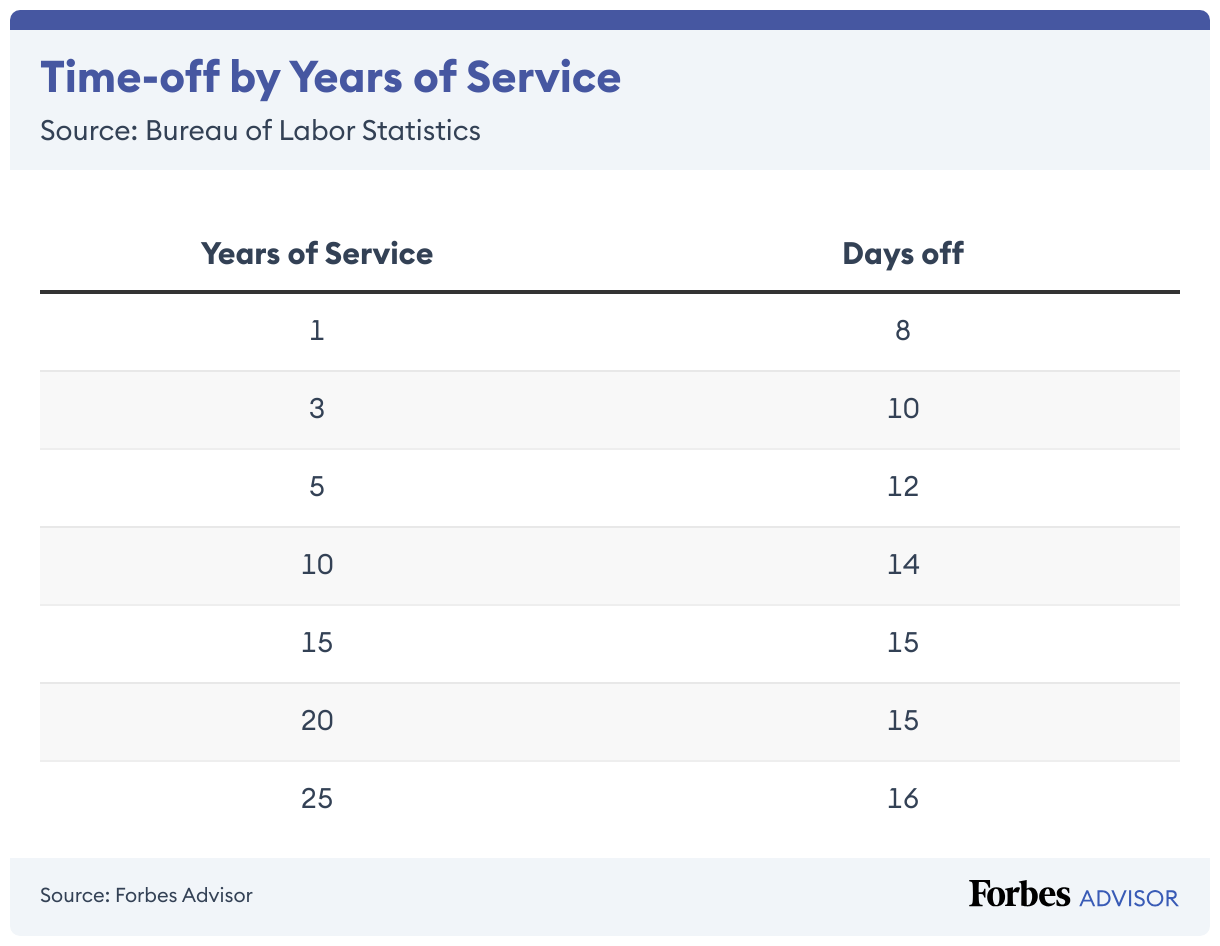
Unlocking PTO: How Many Days is 20 Hours of Paid Time Off?
Understanding your paid time off (PTO) benefits can feel like deciphering a secret code. One of the most common questions employees have is: How many days is 20 hours of PTO? This seemingly simple question requires a bit of context, as the answer depends on your company’s policies and your standard workday length. This article breaks down the calculation and explores various scenarios to help you effectively manage your PTO.
Understanding the Basics of PTO
Paid Time Off, or PTO, is a benefit offered by many employers that combines vacation time, sick leave, and personal days into a single bank of hours. This allows employees greater flexibility in how they use their time off. Unlike traditional vacation or sick leave policies, PTO provides a more comprehensive and less restrictive approach to time away from work.
Before we can answer the question of how many days is 20 hours of PTO, it’s crucial to understand how your company defines a ‘day’ in terms of work hours. Is it an 8-hour day, a 7.5-hour day, or something else entirely? This is the foundational piece of information needed for an accurate calculation.
Calculating PTO Days from Hours
Let’s get down to the math. The formula to convert PTO hours into days is straightforward:
PTO Days = Total PTO Hours / Hours in a Workday
Scenario 1: The Standard 8-Hour Workday
In many companies, a standard workday is 8 hours. If this is the case for you, calculating how many days is 20 hours of PTO is easy:
PTO Days = 20 hours / 8 hours/day = 2.5 days
Therefore, 20 hours of PTO equals 2.5 days off work if you work an 8-hour day.
Scenario 2: The 7.5-Hour Workday
Some companies operate on a 7.5-hour workday, often with a half-hour lunch break included. Let’s see how this affects the calculation:
PTO Days = 20 hours / 7.5 hours/day = 2.67 days (approximately)
In this scenario, 20 hours of PTO provides you with roughly 2.67 days off work.
Scenario 3: The Extended Workday
In some professions, a workday might be longer than 8 hours. For example, if you work 10-hour shifts:
PTO Days = 20 hours / 10 hours/day = 2 days
Here, 20 hours of PTO translates to exactly 2 days off.
Why Knowing This Matters
Understanding how many days is 20 hours of PTO (or any amount of PTO you accrue) allows you to plan your time off more effectively. Whether you’re scheduling a long weekend, a doctor’s appointment, or simply need a mental health day, knowing the equivalent day value of your PTO hours is essential for accurate planning.
Factors Affecting PTO Accrual
Several factors can influence how quickly you accumulate PTO. These include:
- Tenure: Many companies increase PTO accrual rates based on years of service. The longer you work for a company, the more PTO you earn.
- Full-time vs. Part-time Status: Full-time employees typically accrue PTO at a higher rate than part-time employees.
- Company Policy: Each company has its own specific PTO policy. Some offer generous PTO packages, while others offer more limited benefits. Always consult your employee handbook or HR department for details.
Tips for Maximizing Your PTO
Now that you know how many days is 20 hours of PTO and understand the factors influencing accrual, let’s explore some strategies for maximizing your time off:
- Plan Ahead: Schedule your time off in advance to ensure coverage and avoid conflicts.
- Use It or Lose It: Be aware of your company’s policy on rolling over PTO. Some companies allow you to carry over a certain amount of PTO from year to year, while others require you to use it by a specific date.
- Combine with Holidays: Strategically use your PTO to extend holiday weekends for longer breaks.
- Understand Your Company’s Policy: Familiarize yourself with your company’s PTO policy, including accrual rates, rollover rules, and any restrictions on when you can take time off.
Common PTO Misconceptions
There are several common misconceptions surrounding PTO. Let’s debunk a few:
- PTO is only for vacation: PTO can be used for vacation, sick leave, personal days, or any other reason you need time off.
- You have to explain why you’re taking PTO: While some companies may ask for a general reason, you are generally not required to provide detailed explanations for using your PTO.
- PTO is a gift: PTO is part of your compensation package and should be viewed as an earned benefit.
Real-World Examples
Let’s look at some real-world examples to illustrate how understanding PTO calculations can be beneficial:
- Scenario 1: Sarah works an 8-hour day and has accrued 40 hours of PTO. She wants to take a full week off. Since 40 hours / 8 hours/day = 5 days, she has exactly enough PTO for her week-long vacation.
- Scenario 2: John works a 7.5-hour day and has 15 hours of PTO. He needs to attend two doctor’s appointments, each lasting 3 hours. After those appointments, he’ll have 9 hours of PTO remaining. 9 hours / 7.5 hours/day = 1.2 days.
The Future of PTO
The concept of PTO is continuously evolving. Some companies are experimenting with unlimited PTO policies, which allow employees to take as much time off as they need, provided they meet their work obligations. While these policies can be attractive, they often require a high degree of trust and responsibility from employees. [See also: Understanding Unlimited PTO Policies]
Conclusion: Mastering Your PTO
Understanding how many days is 20 hours of PTO, or any amount of PTO, is a crucial aspect of managing your work-life balance. By knowing your company’s policies, calculating your PTO days accurately, and planning strategically, you can maximize your time off and enjoy the benefits of a well-deserved break. Whether it’s for a vacation, a sick day, or a personal matter, PTO is a valuable resource that should be understood and utilized effectively. Remember to always consult your company’s specific PTO policy for the most accurate information.
So, next time you’re wondering, “how many days is 20 hours of PTO?” you’ll have the knowledge and tools to figure it out quickly and confidently.

